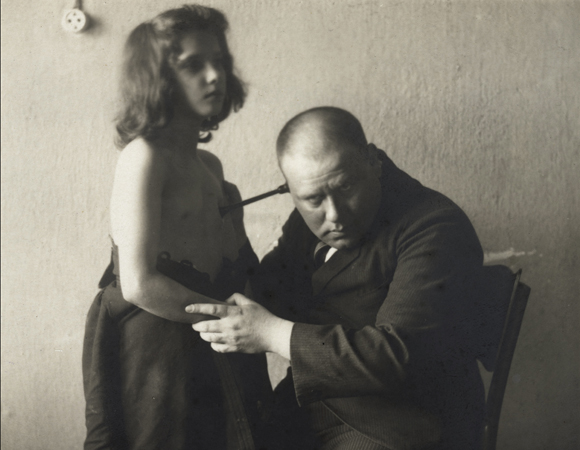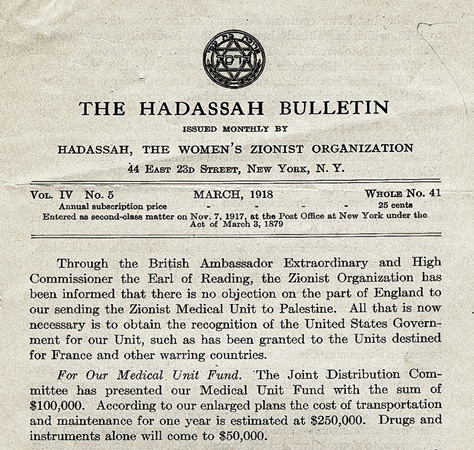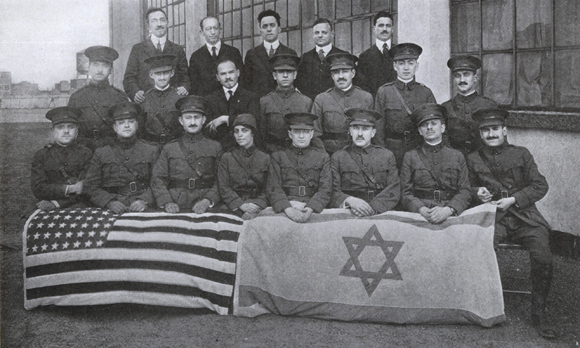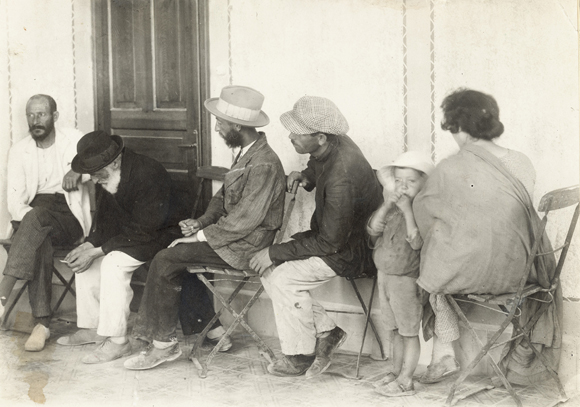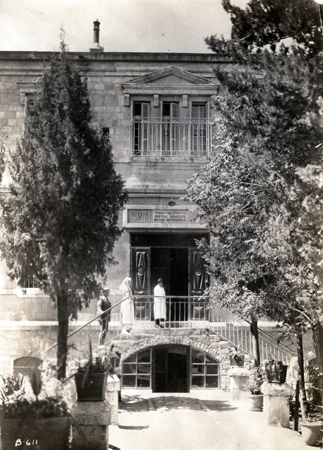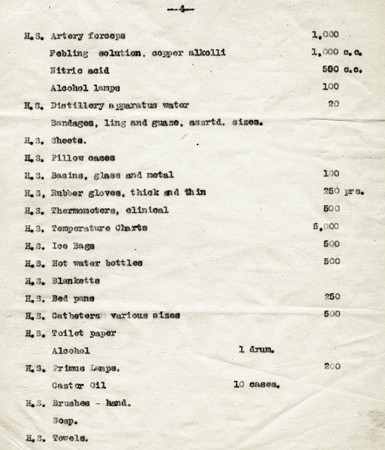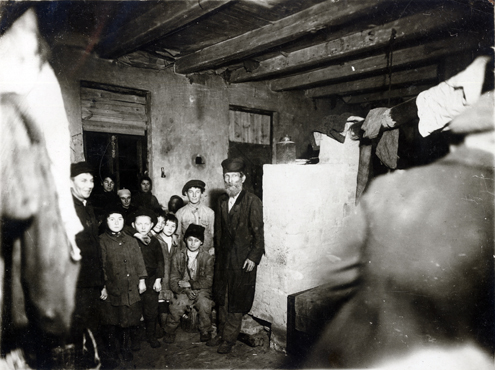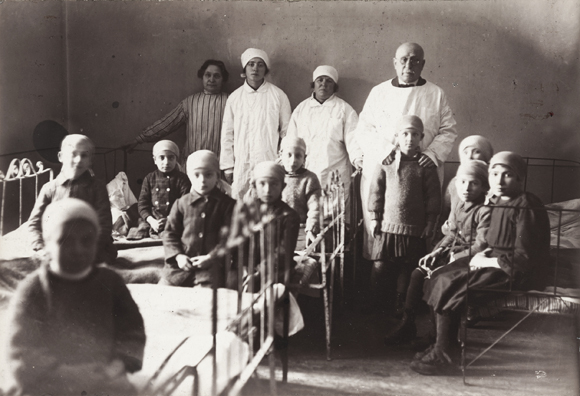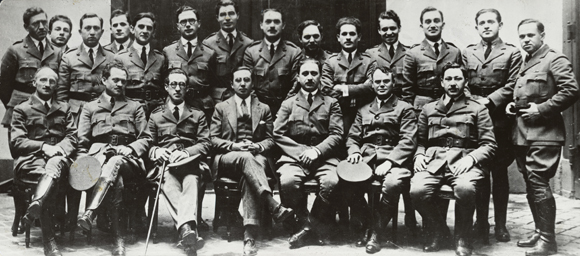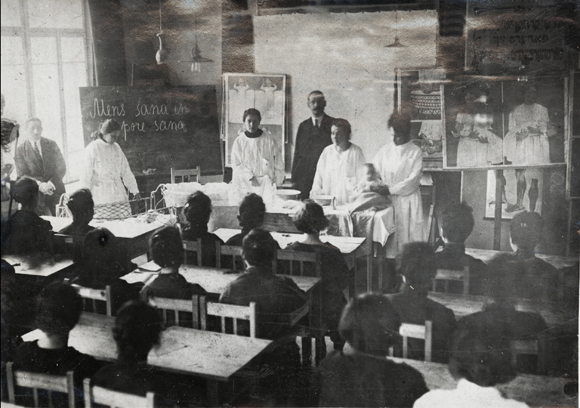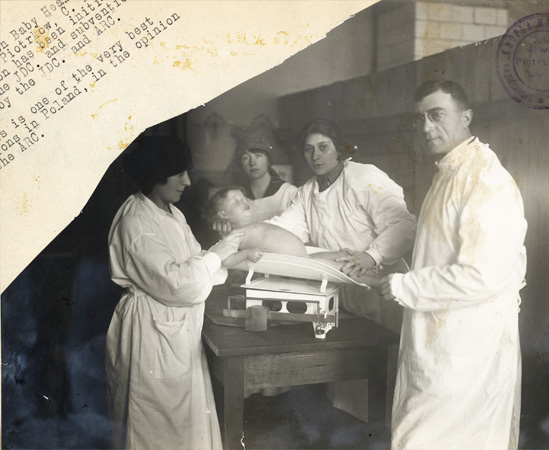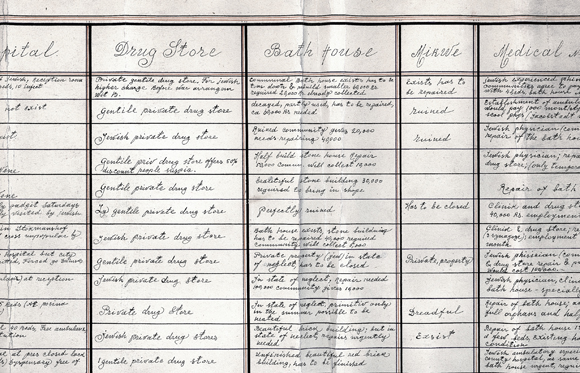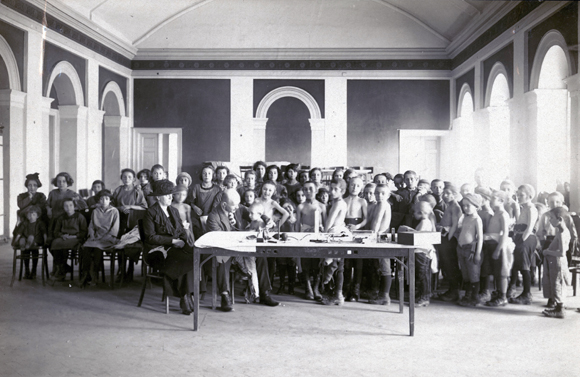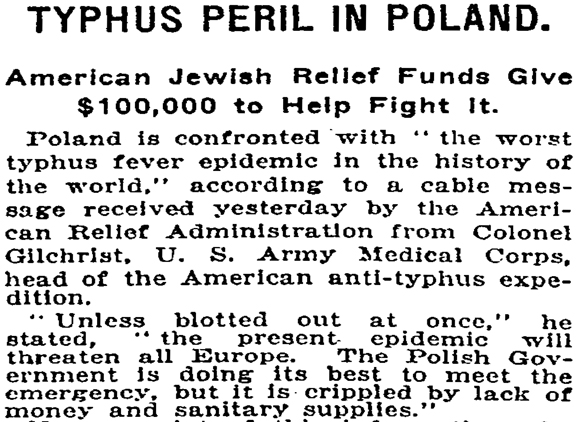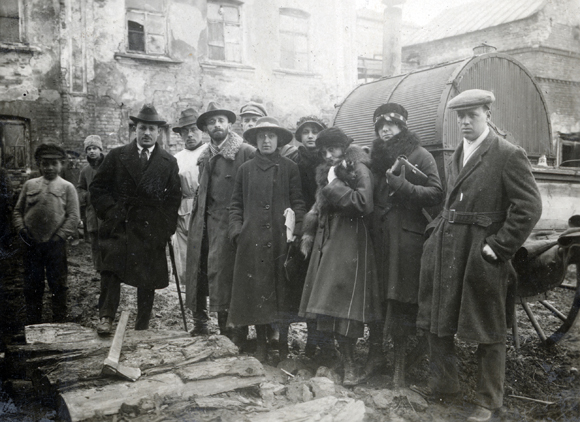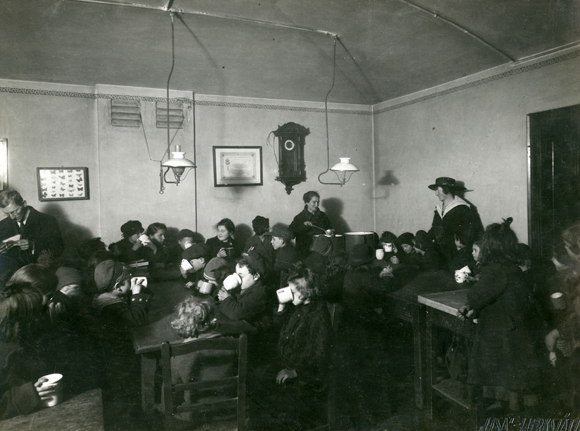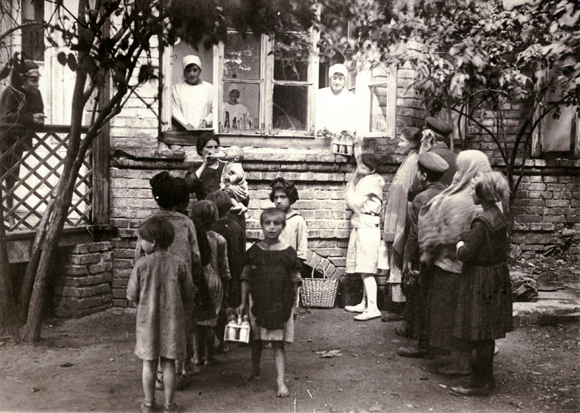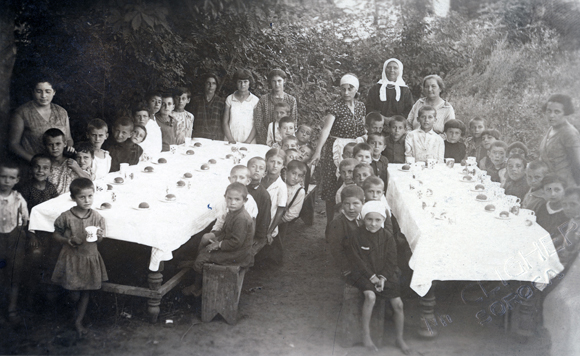The Battle for Health
A Joint Effort: JDC's Beginnings, 1914-1921
The Battle for Health
During wartime, JDC sent medicine and emergency medical aid to countries under siege. Years of damage through privation, violent assault, perpetual flight, and unsanitary conditions created a whole new set of problems. Hundreds of thousands were left with untended injuries and compromised health. Recurring epidemics battered the weakened population. As conditions on the ground allowed, JDC began a wide range of new services aimed at fighting disease and improving health. The Medical Department was the first functional initiative.
Healing Palestine's War Wounds
Health conditions in Palestine had grown dangerous. Poor drainage and a lack of water contributed to the spread of disease. Typhoid, typhus, meningitis, malaria, and eye conditions like trachoma were common. JDC subsidized the American Zionist Medical Unit and other medical and sanitary programs to alleviate these problems among all the population.
Fighting Disease in Eastern Europe
JDC supported the medical-sanitary work of existing organizations until 1920. For a more comprehensive, systematic approach, Bogen enlisted Dr. Harry Plotz, discoverer of typhus and its vaccine, in April that year to investigate conditions and develop a battle plan. Plotz brought a medical team to Poland but also enlisted local resources.
New Recruits
To stop the wildfire spread of disease and to significantly improve health among Eastern European Jews, JDC sent its first Medical Unit. A team of 18, including doctors, a dentist, a pharmacist, and sanitation personnel arrived in Poland in January 1921. Newly-trained Jewish nurses from the region were also mobilized.
First Steps
The Medical Unit initially paved the way for broader efforts by identifying health challenges facing Jewish communities, assessing the state of their resources, and informing the populace of practical sanitary measures.
A Clean Bill of Health
Lack of food during the war left many children with weakened bodies. JDC's agenda included programs for rebuilding their health such as milk centers and outdoor colonies.

